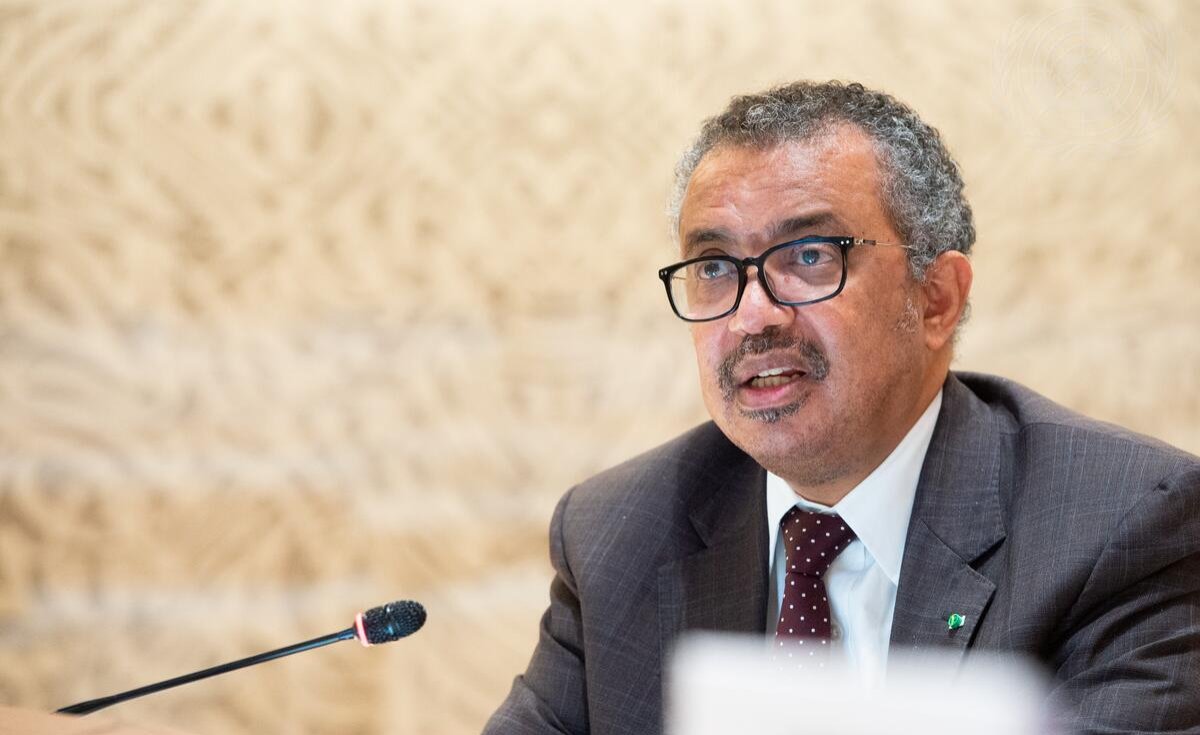

The World Food Programme has announced that the nearly two-year conflict in Ethiopia has left almost half the population of Tigray region in “severe” need of food, as aid groups struggle to reach the population because of insufficient fuel supplies.
Even though the delivery of aid resumed after the federal government declared a unilateral ceasefire in March, malnutrition rates have “skyrocketed” and are expected to worsen, the United Nations agency said in an assessment.
Across Tigray and the neighbouring regions of Afar and Amhara, also affected by the war, an estimated 13 million people need food aid, a 44% increase from the previous WFP report released in January.

The United Nations said that since April 1 only 1,750,000 litres of fuel had entered Tigray, less than 20% of the monthly humanitarian needs in the region, if all supplies were in.
Hopes of ending the conflict is fading as the Ethiopian government said it wants talks “with no preconditions”, while Tigray’s government has called for the restoration of services to civilians before talks can start.
The World Health Organization’s director-general, Tedros Adhanom Ghebreyesus, who is from Tigray, suggested earlier in the week that racism was behind a lack of international attention being paid to the plight of civilians in the region.
The fighting has displaced millions of people, pushed parts of Tigray into famine conditions and killed thousands of civilians.
more recommended stories
 New Director Appointed: Burao Hospital’s Fall and the Fight for Revival
New Director Appointed: Burao Hospital’s Fall and the Fight for RevivalBurao Hospital begins a new chapter.
 Somaliland: While Mogadishu Burns, Somalia Seeks Chaos in Sool
Somaliland: While Mogadishu Burns, Somalia Seeks Chaos in SoolHargeisa, April 9, 2025 – (Somaliland.com).
 Somaliland Presidency Delivers 10 Vital Dialysis Machines to Hargeisa Group Hospital
Somaliland Presidency Delivers 10 Vital Dialysis Machines to Hargeisa Group HospitalHargeisa – Somaliland – The President.
 Electricity Without Accountability: Public Outrage Grows in Burao Electricity Debate
Electricity Without Accountability: Public Outrage Grows in Burao Electricity DebateHigh electricity costs in Burao have.

